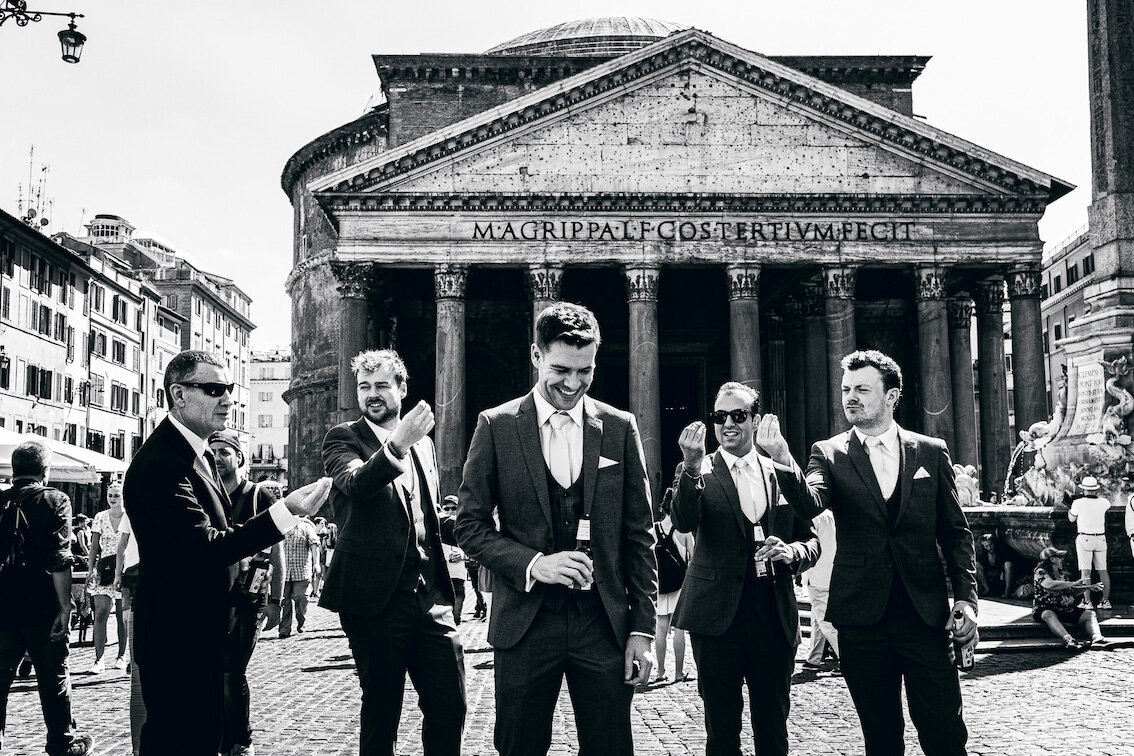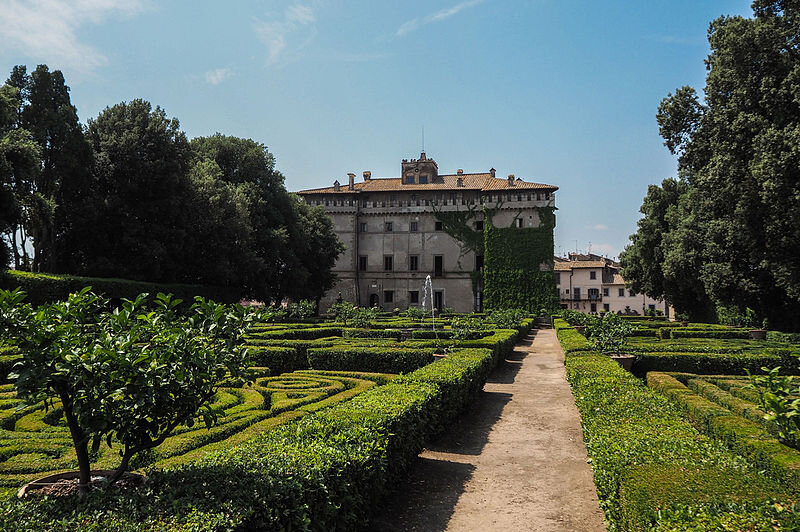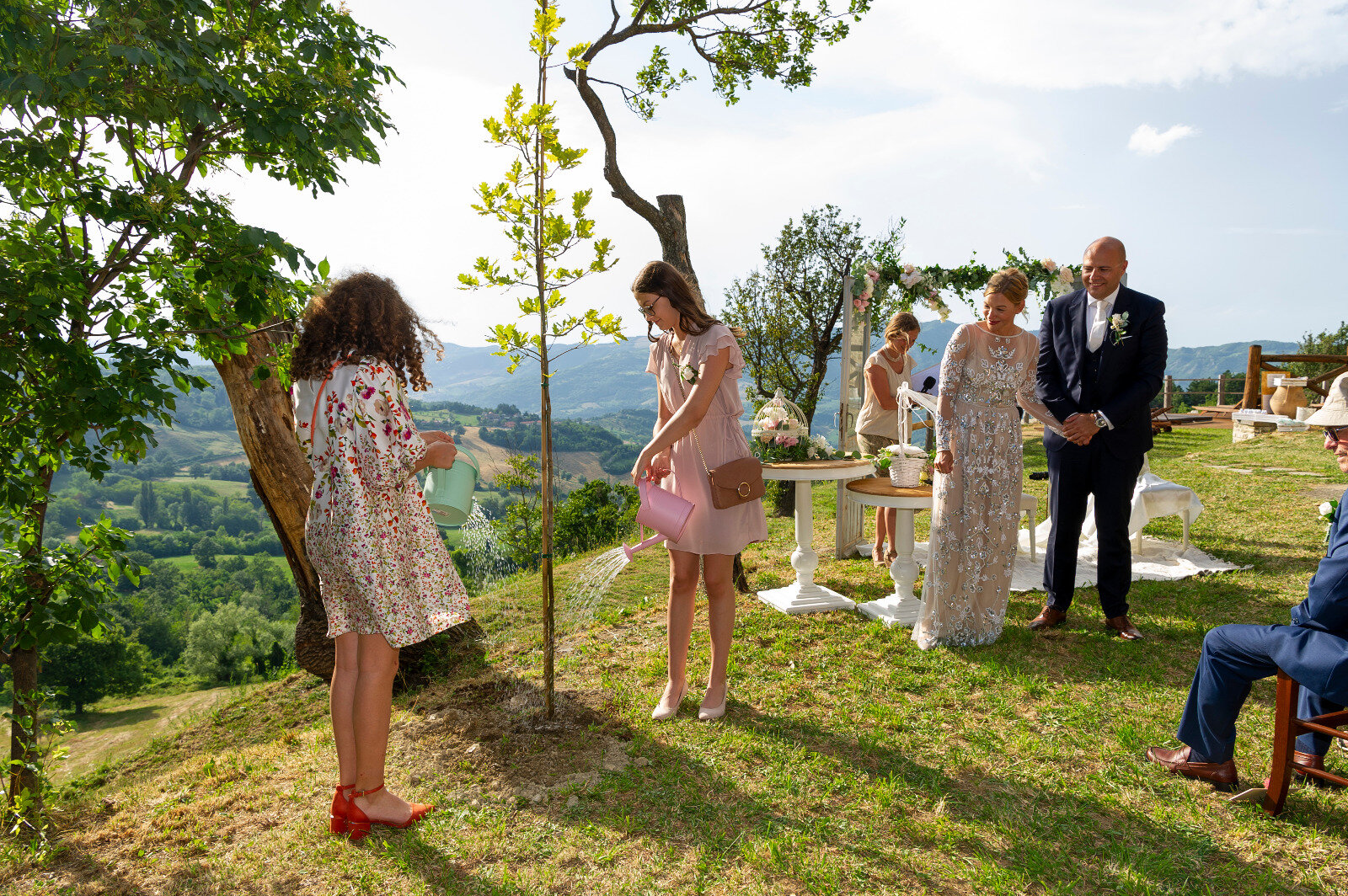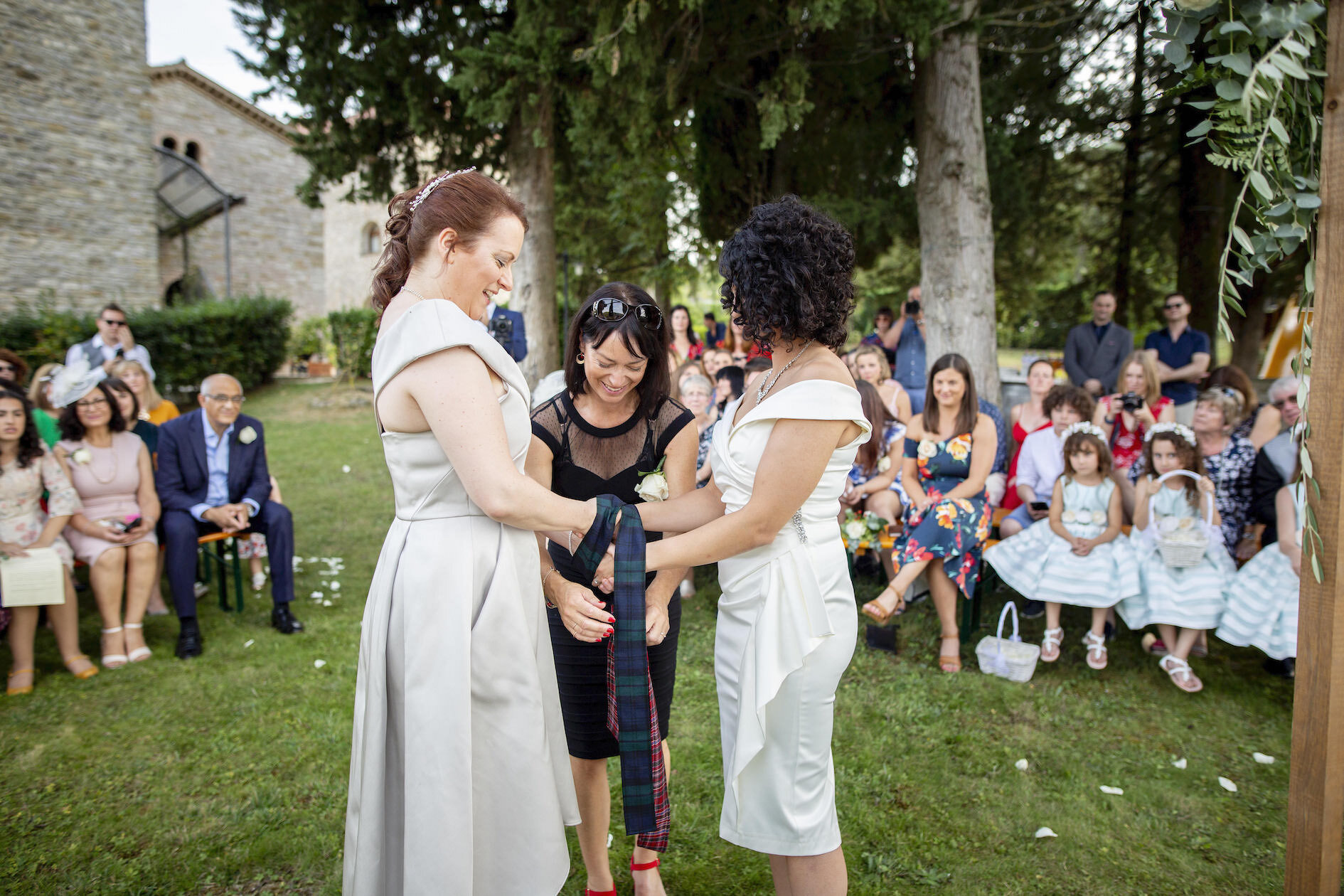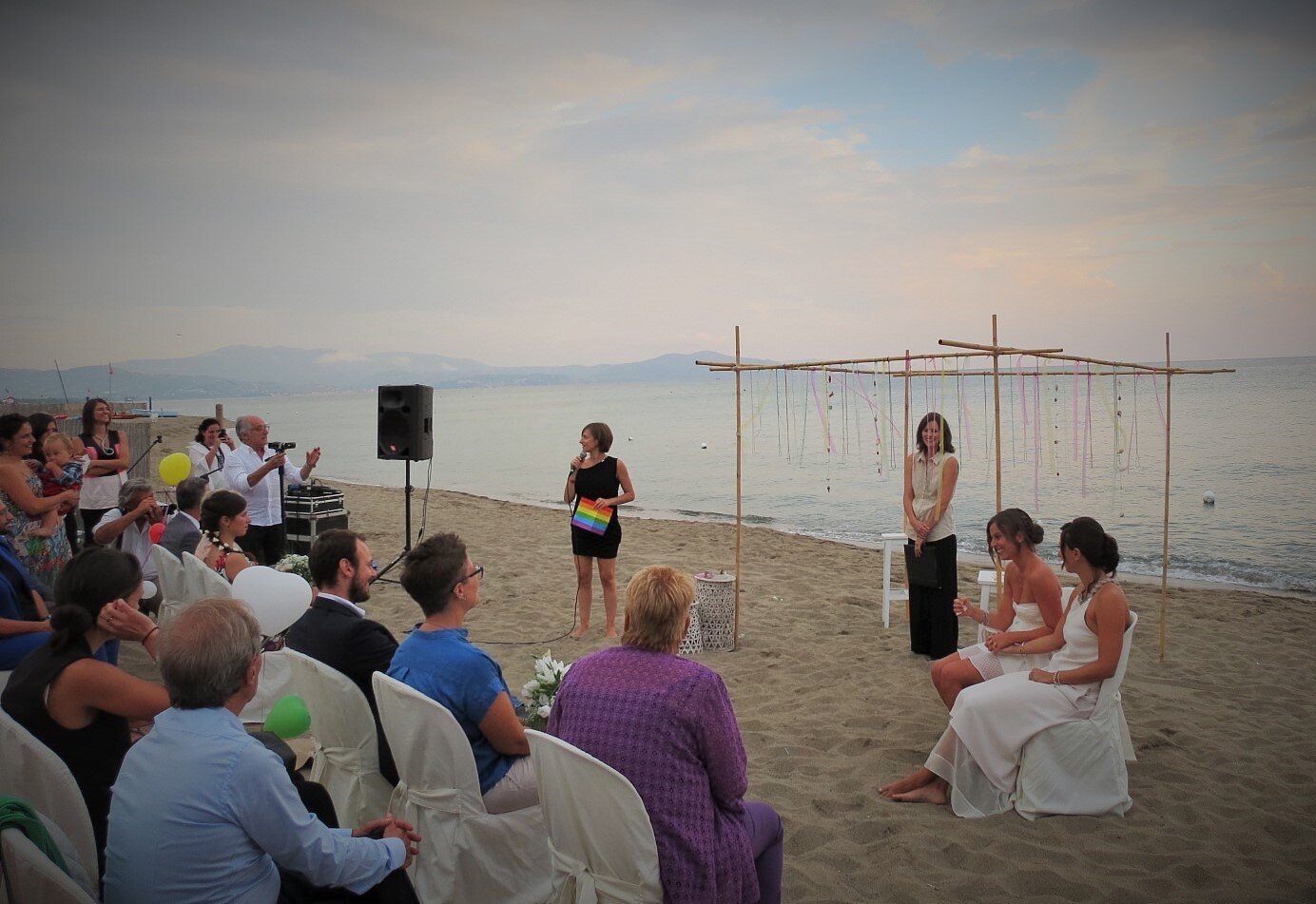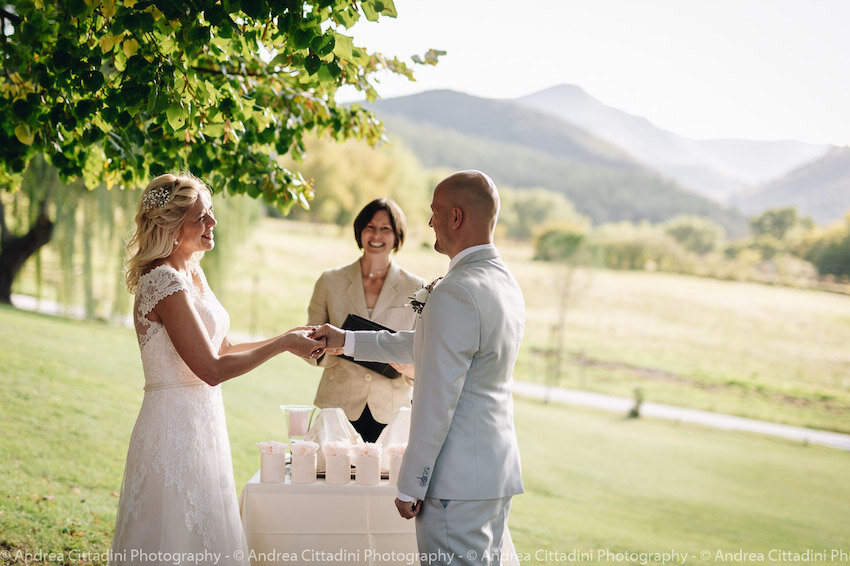While the most popular time for weddings in Italy continue to be May - early June and late August - early September, there are many reasons to have your wedding in late September and October.
Foremost, is the temperature. There may not be those long warm evenings in autumn like there are in summer, however autumn in Italy can often have warm sunny days (called the “ottobrate” in Rome) that often come in October when the sting has gone from the heat and when you can really enjoy being outside. With the more comfortable temperatures you can have your wedding ceremony during the day and then celebrate all afternoon outside, which is impossible in summer.
Secondly, is the light. Artists have always appreciated the changes in colour and light at this time of year and photographers can certainly take advantage of the softer and more romantic light as well as the changing colours of the landscape. Spring may well be known for its vigour and brightness but autumn has a more subtle and refined quality.
Thirdly, is the price. Since the demand on venues goes down after the peak period you can save money getting married at this time of year. Venues for your wedding, as well as for your honeymoon if you stay on in Italy, can cost considerably less.. Additionally, there are far fewer tourists at this time of year compared with spring or summer and so it’s one of the best times of year for sightseeing.
Of course, in autumn there can also be blustery and rainy days, so there is no guarantee and you must always have a rainy weather option for your ceremony and reception. However, I have officiated at weddings in summer when it rained and so this is true for any day you pick. And, changeable weather can also happen in spring so in itself should not put you off autumn.
For me personally, living in Italy late September and October is my favourite time of the year. I live in the countryside and it’s a time when I start to enjoy going for long walks, picking some of nature’s bounty (for example our walnuts and hazelnuts as well as pears), watching as the vineyards harvest their grapes (the view from our house is across a hill to a vineyard which I love watching change colour from green, to yellow, and then to red), and then picking our own olives at the end of October and enjoying the amazing taste of our new olive oil.
Sarah



